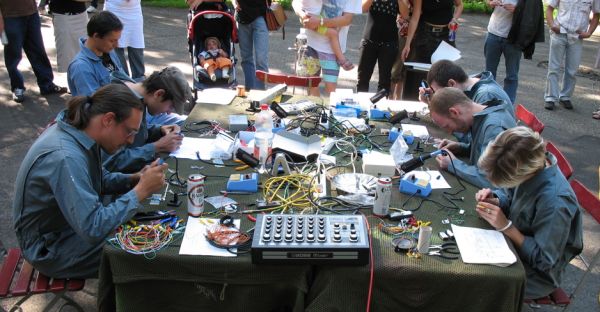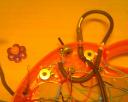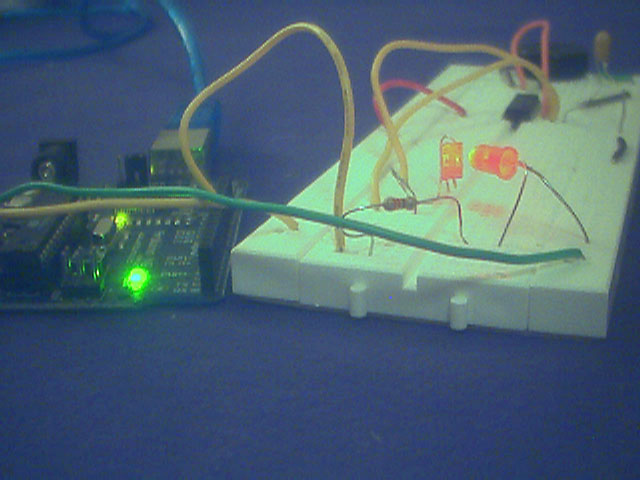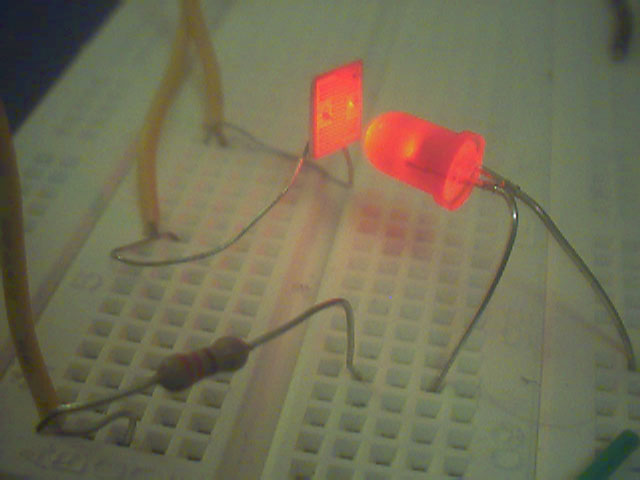we have been busy developing a new musical instrument for lo-fi 8bit cranky sounds. nnnnnnniiice.
all the work was done during the SGMK workshopin lenk in collaboration with c. haberer and c. stähli.
thanx also to dani reichmuth for all the help using the eagle software.














